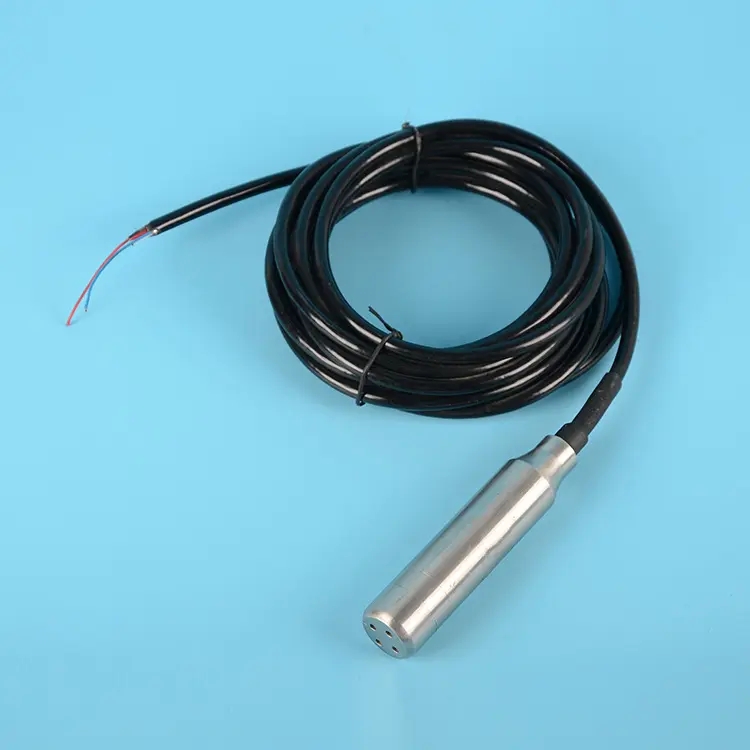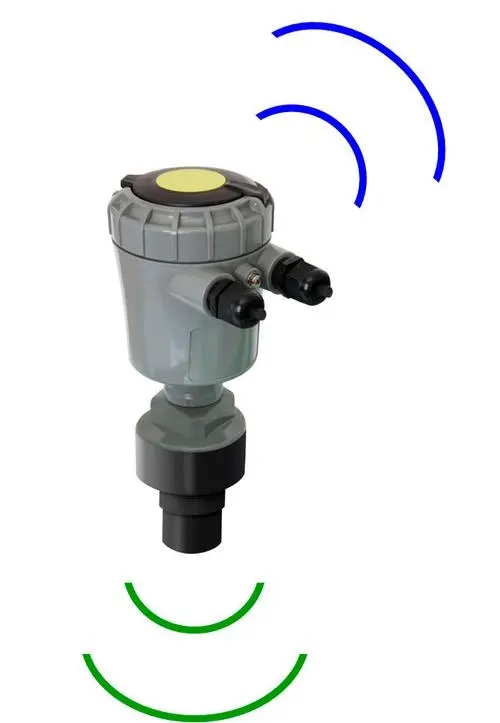

— Blogs —
—Products—
 Consumer hotline +8618073152920
Consumer hotline +8618073152920 WhatsApp:+8615367865107
Address:Room 102, District D, Houhu Industrial Park, Yuelu District, Changsha City, Hunan Province, China
Product knowledge
Time:2024-05-25 17:07:00 Popularity:1545
A water level sensor is a device used to measure the height of a liquid water level. They are commonly used for water level monitoring and control in various applications such as tanks, ponds, rivers, lakes, etc. It converts water level information into electrical signals so that the monitoring system or automatic control system can operate accordingly.

The main working process of the water level sensor can be summarised in the following steps:
1. Perceive the water level signal: the water level sensor is installed inside the container, it can sense the water level changes in the container in real time, and convert these changes into specific signals.
2. Signal transmission: the perceived water level signal is transmitted to the controller. Here the controller usually contains a computer to process the received signals.
3. Signal comparison and deviation calculation: The computer in the controller compares the measured water level signals with the predefined signals and calculates the deviation between the two.
According to the different application requirements, the type of water level sensor is different, including float type, pressure type, ultrasonic type, capacitive type, impedance type and so on. Each of these different types of sensors has its own characteristics and working principle, but in general they are designed to achieve accurate monitoring and control of the liquid level.
Water level sensors can be divided into the following types:
1. float type water level sensor:
This type of sensor senses the water level height through the buoyancy of the float. When the water level rises, the float also rises, pushing the mechanical device connected to it, so that the water level is converted into an electrical signal output.
2. Pressure water level sensor:
This type of sensor works by using the principle that liquid pressure is directly proportional to the height of the water level. It measures the pressure of the liquid inside the sensor and converts this pressure into an electrical signal to know the current water level.
3. Capacitive water level sensor:
Capacitive water level sensors use the principle that the capacitance value of a capacitor is inversely proportional to the distance between the pole plates. When the water level changes, the distance between the pole plate and the liquid changes, resulting in changes in capacitance value, through the measurement of changes in capacitance value can get the water level information.
4. Resistive water level sensor:
This sensor uses the conductivity of the liquid to measure the height of the liquid level. Usually, the electrodes of the level sensor are installed at different heights and the level is determined by measuring the resistance of the liquid to the electrodes.

5. Ultrasonic water level sensor:
Ultrasonic water level sensors emit ultrasonic pulses which travel through the liquid and are reflected back at the water surface. The sensor receives these pulses and calculates their round trip time to determine the water level height.

6. radar type water level sensor:
Radar type water level sensors work by transmitting microwave pulses and receiving the signals reflected back. The propagation time of the pulses is related to the height of the water level and water level information can be obtained by calculating the time of flight of the pulses.
Different types of water level sensors are suitable for different application scenarios. Selection of the right sensor depends on the specific needs, such as measurement range, accuracy requirements, environmental conditions, etc. For example, ultrasonic sensors may be more appropriate in applications containing large amounts of foam or vapour, while radar sensors may be a better choice in applications requiring high accuracy and stable environmental conditions.
Prev:Introduction and functions of automatic weather stations
Next:Water Level Sensor Product Introduction and Application Scenarios
Related recommendations
Sensors & Weather Stations Catalog
Agriculture Sensors and Weather Stations Catalog-NiuBoL.pdf
Weather Stations Catalog-NiuBoL.pdf
Related products
 Combined air temperature and relative humidity sensor
Combined air temperature and relative humidity sensor Soil Moisture Temperature sensor for irrigation
Soil Moisture Temperature sensor for irrigation Soil pH sensor RS485 soil Testing instrument soil ph meter for agriculture
Soil pH sensor RS485 soil Testing instrument soil ph meter for agriculture Wind Speed sensor Output Modbus/RS485/Analog/0-5V/4-20mA
Wind Speed sensor Output Modbus/RS485/Analog/0-5V/4-20mA Tipping bucket rain gauge for weather monitoring auto rainfall sensor RS485/Outdoor/stainless steel
Tipping bucket rain gauge for weather monitoring auto rainfall sensor RS485/Outdoor/stainless steel Pyranometer Solar Radiation Sensor 4-20mA/RS485
Pyranometer Solar Radiation Sensor 4-20mA/RS485
Screenshot, WhatsApp to identify the QR code
WhatsApp number:+8615367865107
(Click on WhatsApp to copy and add friends)
